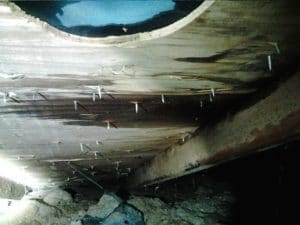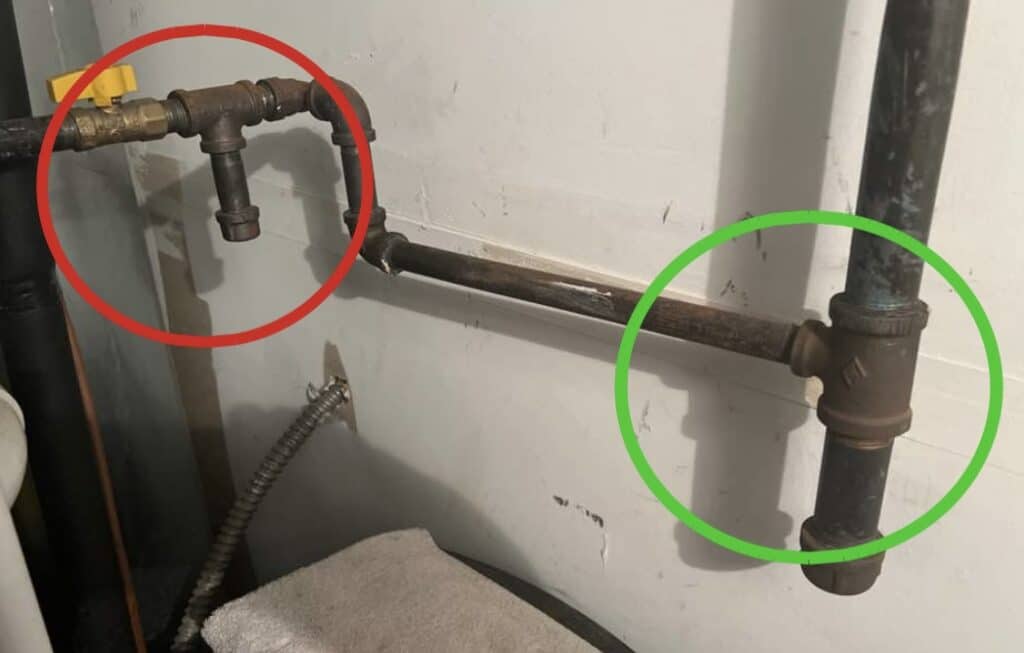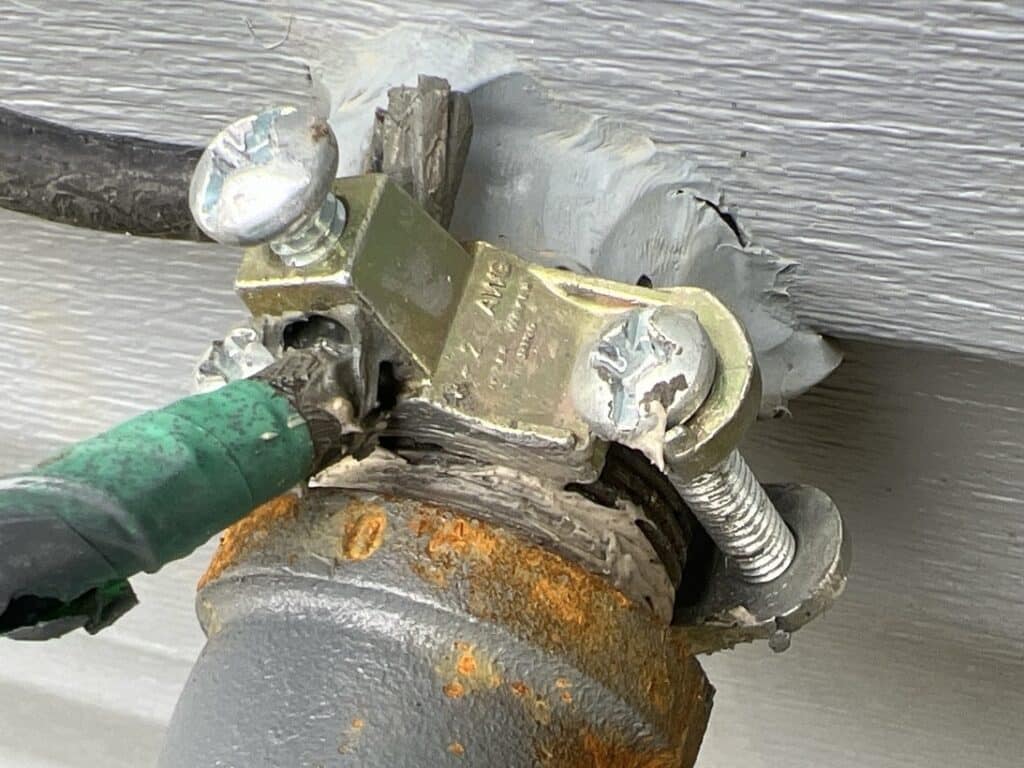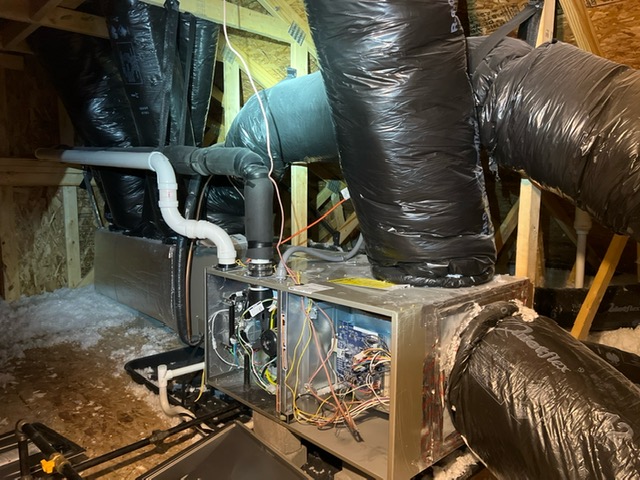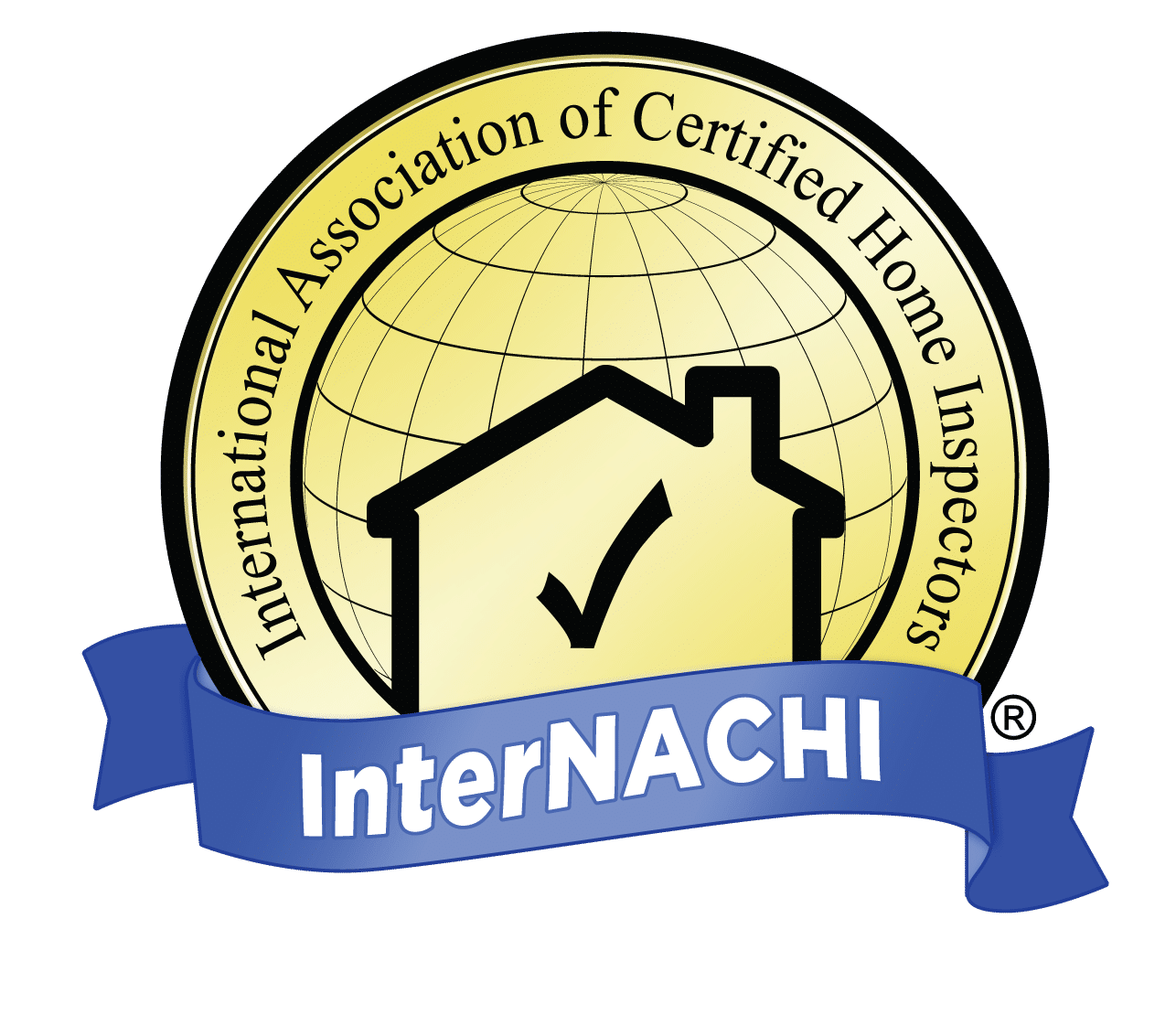
The best method for inspecting your roof is from the ground, if at all possible.
If you have a pair of binoculars this is your opportunity to use them. Use extreme care if you must use a ladder!
A good roof inspection is two-part; the outside, and the inside.
Outside Roofing
- Check the following:
Missing or damaged shingles - Loss of granulation (gritty finish)
- Buckling, curling or blistering; this indicates the end of the shingles’ life
- Loose material, visible gaps or damage to the flashing around the chimney, vent pipes, skylights, etc.
- Nails that may be pushing up shingles
- Look for moss or algae
- Wood shingles or shakes: check for mold or decay, displacing or curling
- Flat roof: patches, protruding nails, cracks or tears, several blisters or wrinkles
Gutters
- Gutters and downspouts should also be inspected as part of a complete roof inspection.
Look for decay or rust, leaking seams, gutters pulling away from the house, sagging, poor slope / drainage. - Clean blocked gutters and downspouts. Replace missing screens.
- Does water from the downspouts drain away from house. As a minimum, use a splash block draining 24 inches from the house.
Attic
- Look for water leaks, or damage.
- Check around chimney. There should be no daylight visible.
- Check around vents and vent pipes looking for water stains.
- Remember
The best time to replace a roof is before it has deteriorated so badly that it is leaking and is damaging the roof’s decking.
A good rule of thumb is that if your roof looks a lot worse than your neighbor’s roof, it is probably time for a new one!
NOTE: It can be very difficult to tell the difference between old water stains and current active ones. The best time to check the attic is a couple of hours after a good rain.

